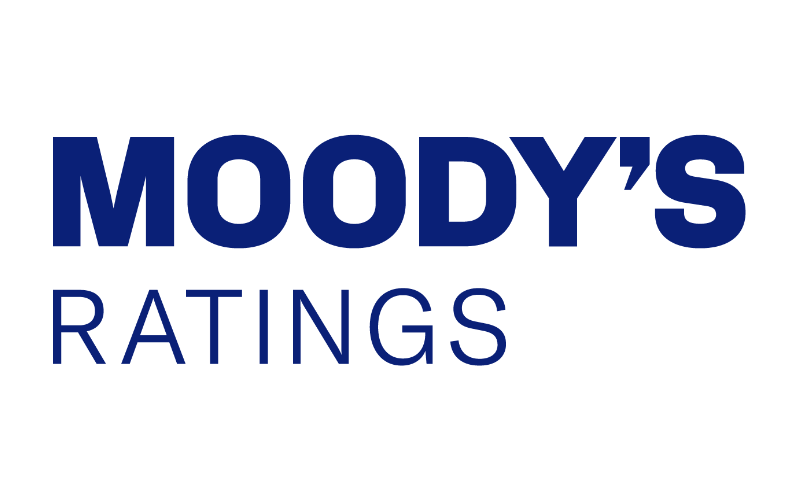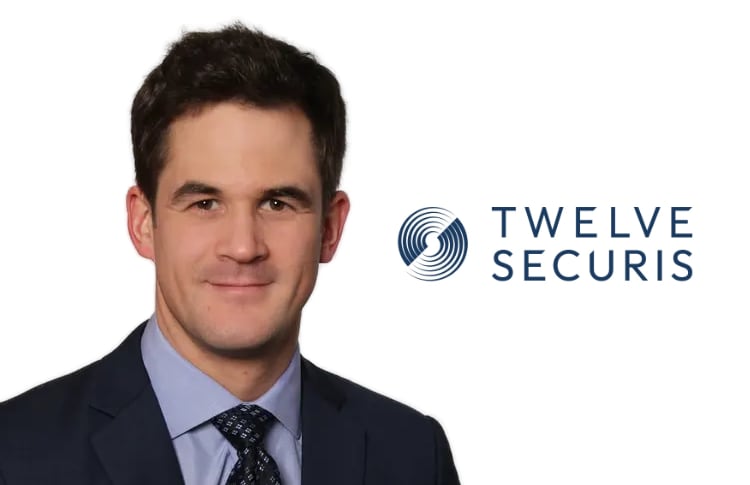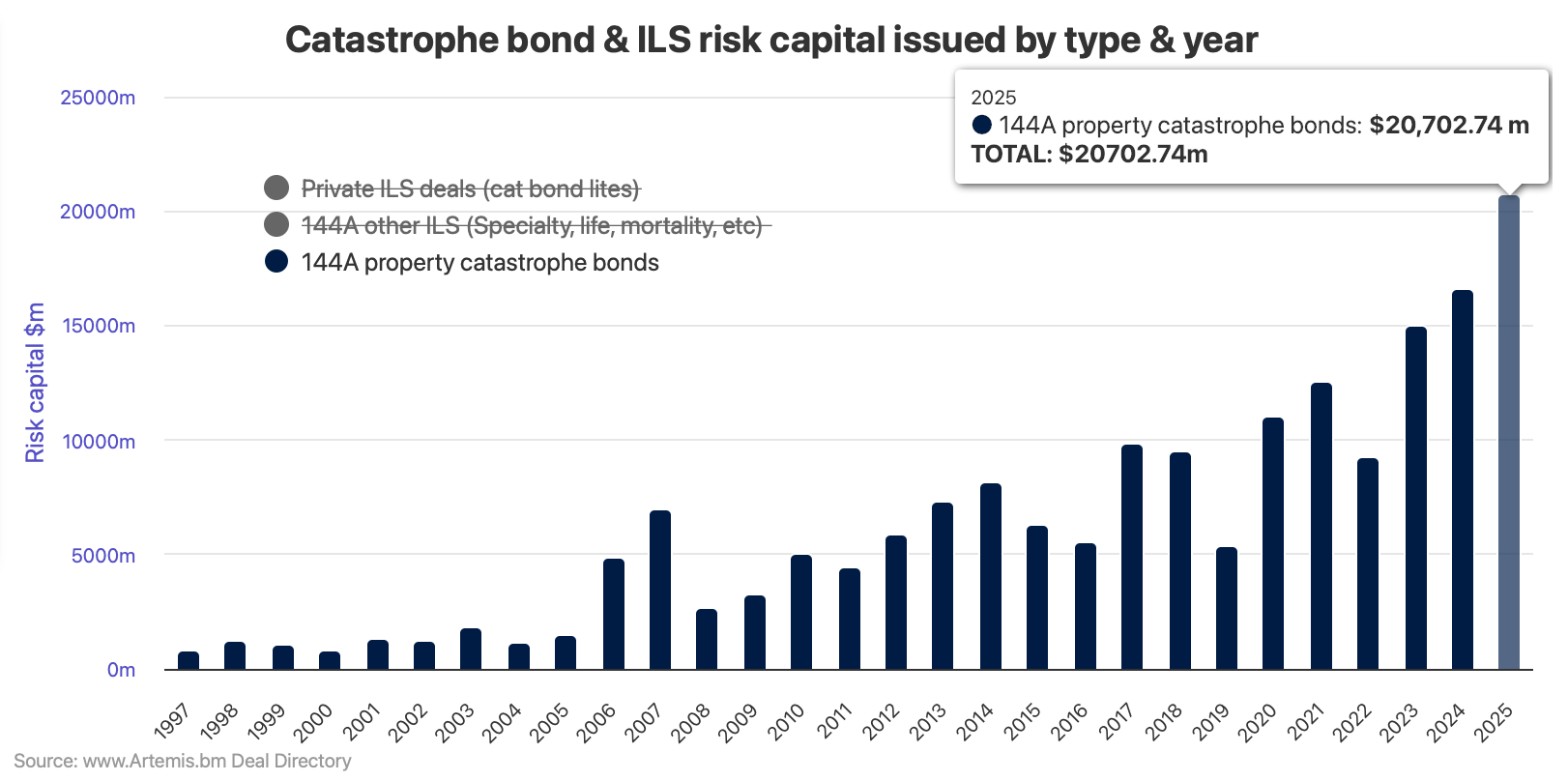
Are you ready for Open Enrollment for 2021? In most states, the Affordable Care Act, or Obamacare, is open for enrollment starting November 1, 2020 through December 15, 2020.When you enroll, your plan will start January 1, 2021.What is Open Enrollment? If you want to enroll in an Obamacare health plan, switch to another plan or re-enroll in your current individual or family plan, the open enrollment period is the only time you can.
Keep in mind that health insurance marketplace plans can qualify for cost assistance.Open Enrollment Dates for 2021 Coverage Although enrollment dates can change and enrollment can be extended, dates to remember include: Open Enrollment begins November 1, 2020.Open Enrollment ends December 15, 2020 (extensions may be added).
Coverage can begin as early as January 1, 2021.Review your state-based website (below) or the federal marketplace Healthcare.gov to confirm dates, including extensions.Arkansas California Colorado Connecticut District of Columbia Hawaii Idaho Kentucky Maryland Massachusetts Minnesota Nevada New Jersey New Mexico New York Pennsylvania Rhode Island Vermont Washington Territories Not Eligible for the Marketplace If you live in one of the following territories, check with your territory’s government offices to learn about your health insurance options.
American Samoa Guam North Mariana Islands Puerto Rico Virgin Islands If You Miss Open Enrollment 2021 If you miss open enrollment, your options include: Special Enrollment Period Short term health insurance Employer based health coverage Medicare Medicaid CHIP 2021 Special Enrollment Period (SEP) After January 1, 2021 if you lose health care coverage at least for 60 days due to a life event, you may qualify for a Special Enrollment Period.If you or anyone in the household experiences the following in the prior 60 days, you may qualify.Household changes: Got married Had a baby, adopted or placed a child in foster care Got divorced or legally separated and lost health insurance Missed the deadline for the Special Enrollment Period due to the COVID-19 pandemic Someone on your plan dies, making you ineligible for your current plan Residence changes: Moved to a new ZIP code or county Moved to the U.S.
from a U.S.territory or a foreign country As a student, moved to or from where you attend school As a seasonal worker, moved to or from where you live and work Moved to or from a shelter or from transitional housing Loss of coverage: Loss of work-based coverage Loss of individual health coverage you purchased yourself Loss of coverage through a family member Loss of eligibility for Medicaid or CHIP Loss of eligibility for Medicare Before You Apply Open Enrollment 2021 Before applying or re-enrolling in Obamacare, do some homework to prepare.Get your information together.
This checklist will help.Calculate how much you might pay.If you qualify for cost savings, you can save on out-of-pocket payments including premiums, copayments and deductibles.
Find out if you are eligible for premium tax credits.The IRS outlines eligibility for premium tax credits.If you qualify you can receive tax credits for the money you’ve paid on premiums.
If you earn more than you projected, you may have to pay the IRS back for some or all of the credits.Pick Your Metal: The Four Plan Categories There are 4 plan categories.Each level is named as a metal: Bronze, Silver, Gold and Platinum.
These signify how you and the plan split costs.The higher your premiums, the lower your other out-of-pocket costs, which is good if you use health services often.Bronze plans require higher out-of-pocket, but the lowest premium costs.
Plan Category The Insurance Company Pays You Pay Platinum 90% 10% Gold 80% 20% Silver 70% 30% Bronze 60% 40% Silver category offers extra cost-sharing reductions.Any metal category can be used for premium tax credits, but Silver provides higher cost-sharing reductions.There are four different plan and network types.
HMO – (Health Maintenance Organization) Generally limits coverage using doctors that are affiliated with the HMO.PPO – (Preferred Provider Organization) You can use services of medical providers outside the plan’s network, but you’ll pay more than you would with network providers.POS – (Point of Service) You save when you use the network of providers and you must get a referral from your primary care physician before going to a specialist.
EPO – (Exclusive Provider Organization) This is a managed care plan that requires you to use a prescribed network of providers in the plan’s network, except in the case of an emergency.Preview plans.available and pricing in 2021.
You can also get more information on your state’s Affordable Health Care website.The 10 Essential Health Benefits All health care plans in the Marketplace are required to minimally include ten health benefits deemed essential.Ambulatory patient services (outpatient care) Emergency services Hospitalization Pregnancy, maternity and newborn care Mental health and substance use disorder services including counseling, psychotherapy and substance abuse inpatient services and treatment Prescription drugs Rehabilitative and habilitative services and devices (to help people with injuries, disabilities or chronic conditions) Laboratory services Preventive and wellness services and chronic disease management Pediatric services including oral and vision care Other Health Benefits Plans must also feature: Pre-existing conditions coverage.
You can’t be denied coverage because of pre-existing conditions, and coverage cannot be more expensive than regular coverage.Contraceptives.Policies must include birth control.
Plans can also offer other non-essential benefits including: Dental coverage (an essential benefit only for people 18 or younger) Vision coverage Medical management programs (i.e.back pain, weight management and diabetes) Some states require insurance providers to cover specific additional services.Affordable Health Insurance If you are self-employed, work for a company that doesn’t include health coverage as a benefit, or are between jobs, you have options for purchasing a personal plan.
Purchase from a state or federal heath insurance exchange during open enrollment or a special enrollment period.Buy a policy through a private insurance provider.You can do so at any time.
Whether you have a plan in place already, it is always a good idea to compare plans and costs.At EINSURANCE we’ve made it easy with a .You just answer the questions and then receive responses from several insurance companies.
Publisher: EINSURANCE








